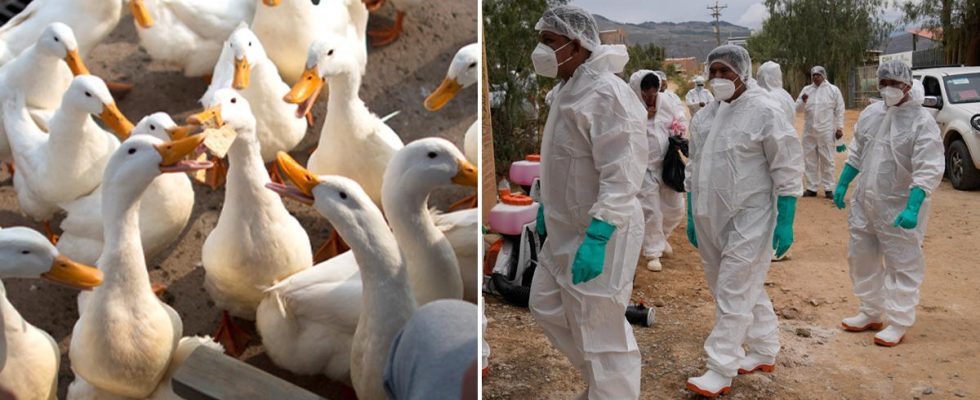unsaveSave
expand-left
full screen A few weeks ago, a person in Texas was confirmed to be infected with the virus. Photo: Heng Sinith / AP
Bird flu affects more and more mammals.
This increases the risk of the virus mutating and starting to spread between people, WHO warns.
– A huge problem, says the organization’s chief scientist Jeremy Farrar to The Guardian.
The current outbreak of H5N1 bird flu has been going on since 2020. American researchers found in a study last year that the virus is more contagious and deadly than ever. Both wild and domesticated birds have died on a previously unprecedented scale.
– We have dealt with low-pathogenic bird flu for decades in the poultry industry, but this is something else. This highly pathogenic virus is killing everything on a scale we’ve never seen before, Jennifer Mullinax, one of the authors behind the report, told The Guardian.
The virus has also been found in a number of mammals, including sea lions, bears, otters and foxes. In the United States, the bird flu has affected cattle and goats in recent months.
Infected by cow in Texas
A few weeks ago, a person in Texas was confirmed to be infected with the virus. The person had mild symptoms, but the case caused a stir because, according to the authorities, the infection spread from an infected cow.
WHO chief scientist Jeremy Farrar sounded the alarm on Thursday about the development. The horror scenario is that the virus mutates and can start infecting people. That risk increases as more mammals in our vicinity become infected, according to Farrar.
– This remains, I think, as a huge concern, he told The Guardian in Geneva on Thursday.
He notes that bird flu is getting closer to humans in its search for “new hosts” and calls for increased surveillance and expanded diagnostics worldwide.
– It is very important to know how many human infections occur because that is where the adaptation of the virus will take place. It’s a tragic thing to say, but if I get infected with H5N1 and die, that’s the end. If I go around the community and spread the word to someone else, a cycle is started, he said.
expand-left
full screen Healthcare workers in protective suits during an outbreak of bird flu in Bolivia last year. Photo: Juan Karita / AP
“Unusually high mortality”
So far, all humans who have contracted H5N1 have been infected by birds or other animals. Between 2003 and 2024, 889 human cases have been registered in 23 different countries. 463 of them died – just over 52 percent.
– The mortality rate is unusually high because people lack natural immunity to the virus, says Jeremy Farrar according to The Guardian.
There are both vaccines and antiviral drugs against H5N1. Farrar says that the WHO is working to increase access and that the distribution can be fair if the virus causes a new pandemic:
– Then the world would be in a position to be able to respond immediately.
